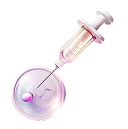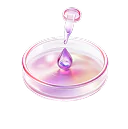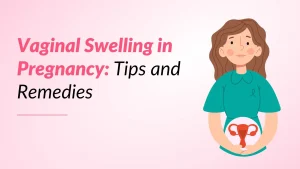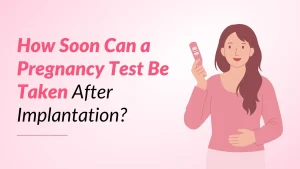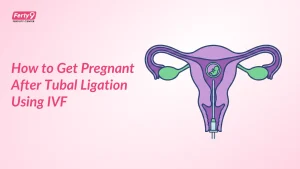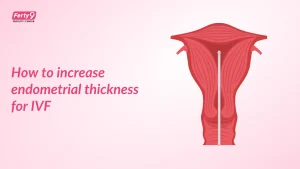Frozen embryo transfer is a popular mode of attaining delayed pregnancy. A frozen embryo is preserved for conception later. These days several women prefer to have children later in life.
With a frozen embryo, the patient has additional opportunities for transfer and thus better chances for more pregnancy attempts. If the patient can freeze and store embryos while she is attempting a fresh cycle transfer, and if the fresh cycle is unsuccessful, then the person can try again without undergoing another ovarian stimulation or egg retrieval.
A frozen embryo transfer procedure is indeed commonly known as FET. This procedure happens to be an IVF treatment whereby a cryo-preserved embryo that has been created in the previous egg retrieval cycle gets transferred into the woman’s uterus. Frozen embryo transfer(FET) is indeed gaining much popularity as it is considered to be a safe procedure and is supposed to have also a high success rate.
What Is Frozen Embryo Transfer (FET)?
In a frozen embryo transfer process, the female patient does undergo regular IVF treatment. The difference in the procedure is that instead of the embryos rather being transferred into the woman’s uterus in the same cycle, they are frozen for future use. The female can of course choose to freeze her eggs or perhaps opt for donor eggs. These frozen embryos are then transferred at a later stage when a woman recovers from IVF treatment. The effect of de-synchronization is also reduced.
Advantages
Higher Success Rate: The FET procedure does provide more opportunities for transfer. Hence, there are indeed higher chances of getting pregnant. A person can try again when the embryos are frozen without really undergoing ovarian stimulation or egg retrieval, even if the IVF is unsuccessful.
Cost-Effective Procedure: The FET procedure is rather relatively cost-effective as there is minimal medication and also no anesthesia or egg retrieval process. With a single IVF procedure, there will indeed be opportunities for multiple FET cycle opportunities.
Easier Scheduling of FET Cycles: The FET schedules can rather be carried out at the patient’s convenience. Once the treatment starts, oral estrogen will be of course administered so that the uterine lining is prepared for a transfer. Later, progesterone supplements are provided, so in this manner, the female patient’s body is ready for pregnancy.
Genetic Testing: The FET does allow genetic testing. The pre-implantation genetic screening (PGS) does help examine the embryo’s chromosomal material. This test does depict normal as well as abnormal chromosomes. This does help in the transfer of healthy as well as normal embryos only. The PGS is also referred to as PGT–A (pre-implantation genetic testing).
The PGT-M, previously also known as the pre-implantation genetic diagnosis, is suitable for couples who indeed already have the risk of passing on the single gene order. Few diseases, such as sickle cell anemia, cystic fibrosis, hemophilia, etc., that can be identified on the chromosomes.
The PGT-SR happens to be a test for the structural rearrangement of chromosomes. This test does provide results for the suitable chromosomal material but has been translocated or switched places. This can lead to chromosomally abnormal or unbalanced eggs. The PGT-S test can help to identify such chromosomes.
Embryo freezing is indeed a procedure that does allow people to store embryos for later use.
The initial successful pregnancy resulting from freezing a healthy embryo took place in the 1980s. Since then, several people have rather frozen embryos and also made use of them later.
A person may decide to store an embryo if they do hope to become pregnant in the future. The process does begin by making use of hormones as well as other medications to stimulate the production of potentially fertile eggs. A doctor then does extract the eggs from the ovaries, either for fertilizing in a lab or even for freezing.
Conclusion
Thus, frozen embryo transfer is much approved procedure of late.











